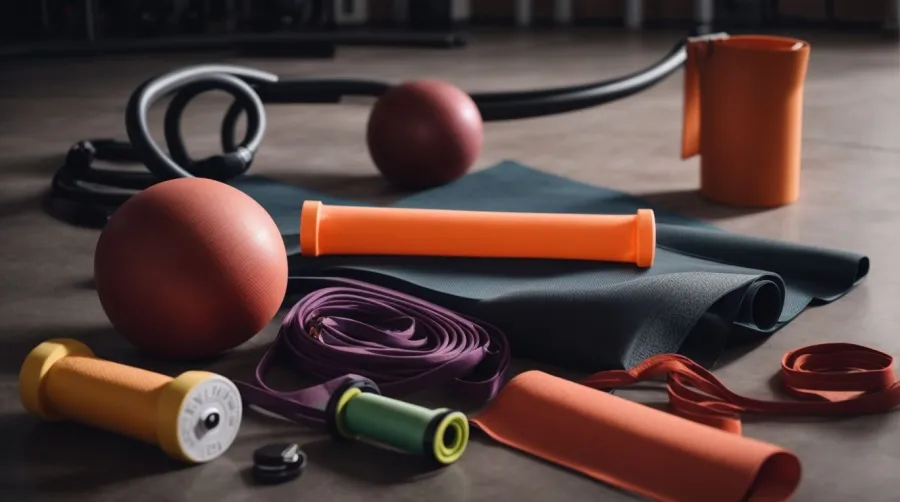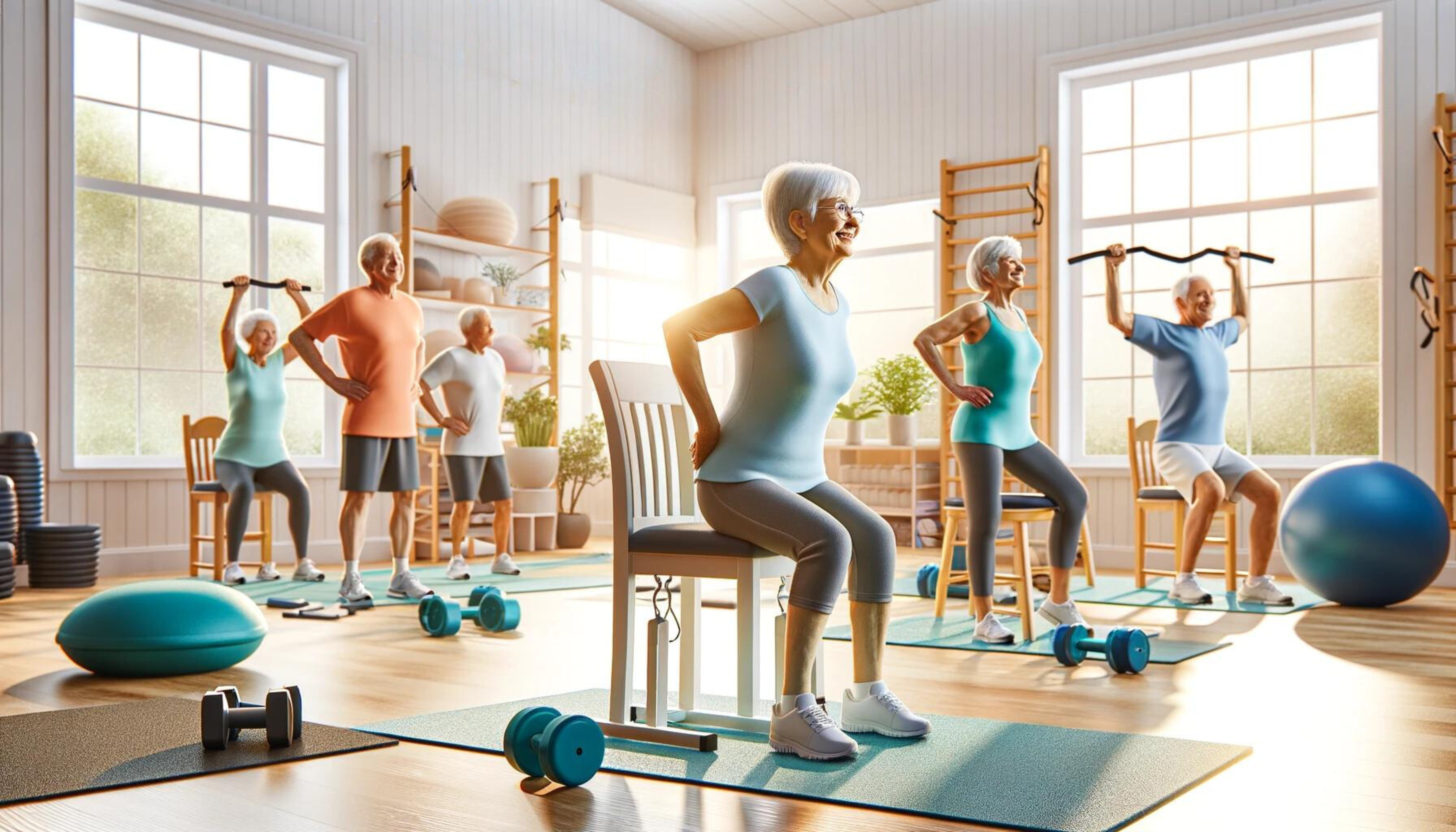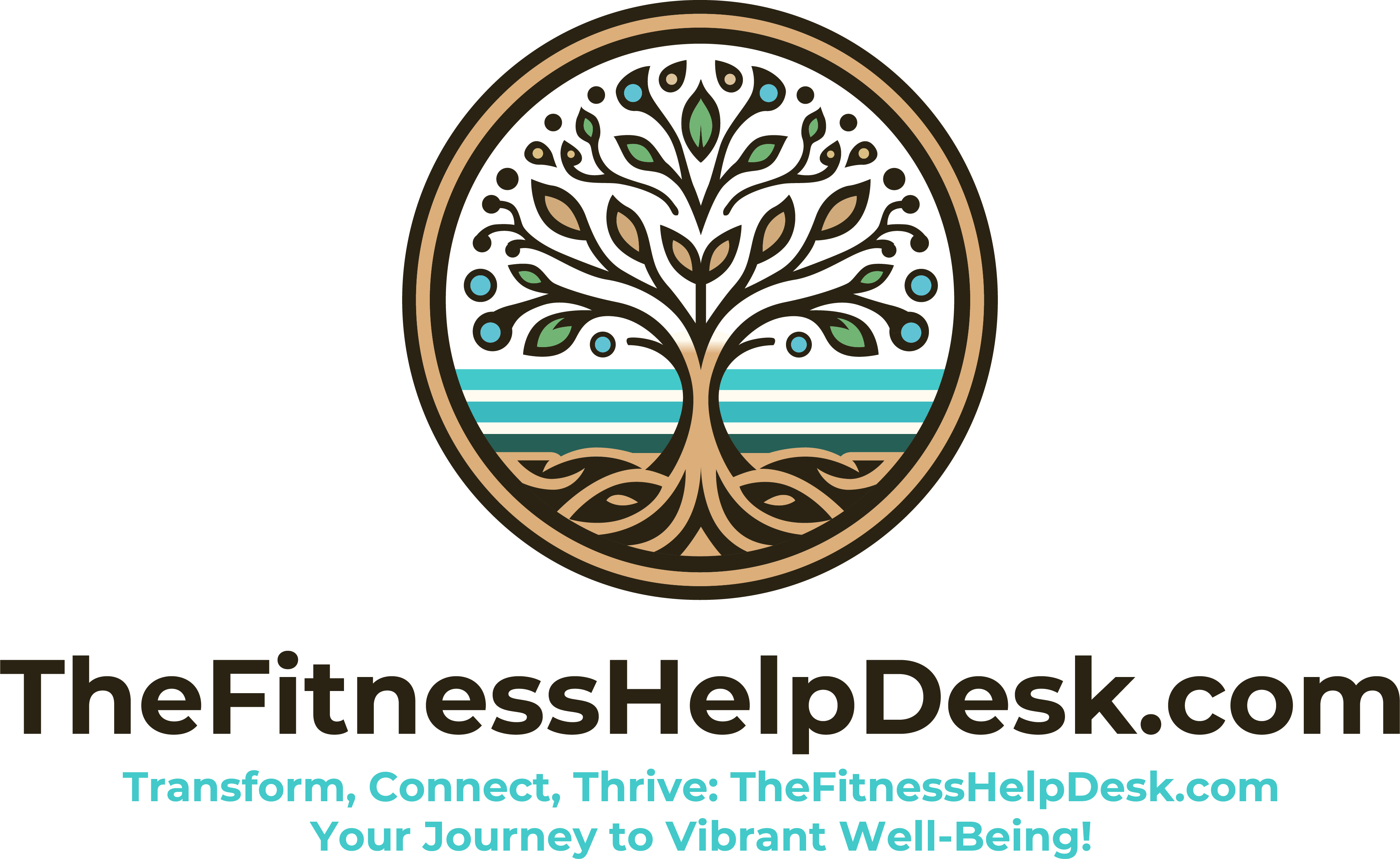Importance of Balanced Diets in Senior Nutrition
Eating a well-balanced diet is important at any age, but it becomes even more critical as you grow older. Seniors, in particular, need to pay close attention to their dietary choices to maintain health, strength, and vitality. In this comprehensive guide, we will explore the science and necessity behind balanced diets for seniors, and how proper nutrition can vastly improve their quality of life. Understanding the unique nutritional needs of seniors is crucial for maintaining physical health, mental well-being, and independence. With that said, a balanced diet not only serves as the foundation for good health but also is a critical component in managing chronic diseases prevalent among older adults. Nutrient Requirements for Seniors The caloric needs of seniors may decrease due to a more sedentary lifestyle; however, their nutrient needs remain as high as, if not higher than, those of younger adults. Essential nutrients for seniors include calcium and Vitamin D for bone health, B vitamins for energy and cell repair, and fiber for digestive function. Protein Older adults need sufficient high-quality protein to maintain muscle mass, repair tissues, and support immune function. Lean meats, poultry, fish, eggs, and plant-based proteins such as beans and legumes are excellent sources. Vitamins and Minerals Vitamins A, C, D, E, as well as B vitamins, are essential for eye health, skin integrity, immune function, and the prevention of anemia. Minerals like calcium, potassium, and magnesium support bone health and cardiovascular function. Fats Healthy fats, such as those found in olive oil, avocado, nuts, and seeds, are necessary for brain health and energy. Carbohydrates Whole grains, fruits, and vegetables provide the necessary carbohydrates for energy along with essential nutrients and fiber for bowel health. Balancing the Diet with Portion Control For older adults, balancing meals with appropriate portion sizes is key to obtain the necessary nutrients without overeating. This means consuming a varied diet that includes plenty of fruits and vegetables, whole grains, lean proteins, and dairy or dairy alternatives. Health Benefits of a Balanced Diet Implementing Balanced Diet Benefits for Seniors Practical Tips for a Balanced Diet Enjoy meals with family and friends as often as possible. Overcoming Challenges Seniors often face obstacles to eating well, such as a decreased sense of taste, difficulty chewing, or a lack of interest in cooking meals for one. Addressing these challenges is crucial: Conclusion For seniors, a balanced diet is not an option but a necessity for living a full and healthy life. With the right approach to nutrition, the golden years can truly be a time of wellness and vitality. By incorporating a diversity of foods and adhering to recommended portion sizes, seniors can meet their nutritional needs and enjoy the immense benefits that come with a balanced diet. Remember, it’s never too late to improve your eating habits, and with each meal, you have the opportunity to enhance your health. Remember to check with your healthcare provider before making any significant changes to your diet, especially if you have an existing health condition or are taking medication that may interact with certain foods. 5 Key Takeaways By reading and implementing these strategies, seniors can significantly impact their overall wellness, enhance their quality of life, and enjoy a healthier, balanced diet that nourishes both body and mind.+











